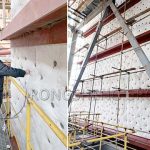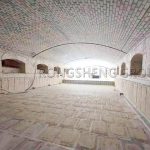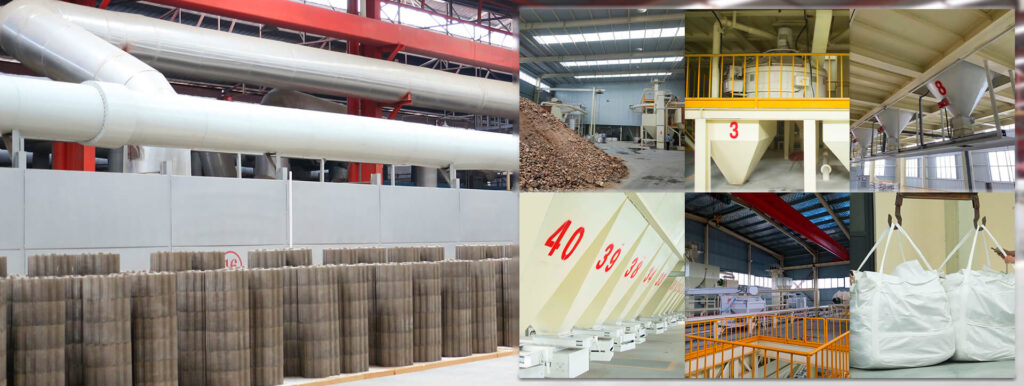The classification of clay bricks is relatively divided into light clay bricks and heavy clay bricks. Heavy clay bricks are mainly distinguished according to the amount of alumina content, while light insulation bricks are determined according to the volume density. Clay Refractory bricks are refractory products with 30-48% AI2O3 content made of clay clinker as aggregate and refractory clay as binder. Mainly used in thermal boilers, glass furnaces, cement furnaces, fertilizer gas furnaces, blast furnaces, hot blast furnaces, coking furnaces, electric furnaces, casting and steel casting bricks, etc.
Lightweight high-alumina bricks are usually called thermal insulation refractory bricks, also called thermal insulation refractory bricks. First of all, to understand literally, the weight of lightweight high-alumina bricks and heavy high-alumina bricks are completely different products. Lightweight high-alumina bricks, also called heat-insulating high-alumina bricks, have the essential purpose of heat insulation and heat preservation. In normal use, it does not directly contact the temperature of the furnace, and it is a kind of refractory brick product that is close to the furnace wall and has the function of heat insulation and heat preservation. Heavy high-alumina bricks, also called high-alumina bricks, are many times heavier than lightweight high-alumina bricks.
It’s not for heat insulation









